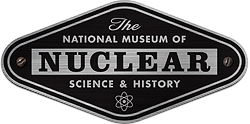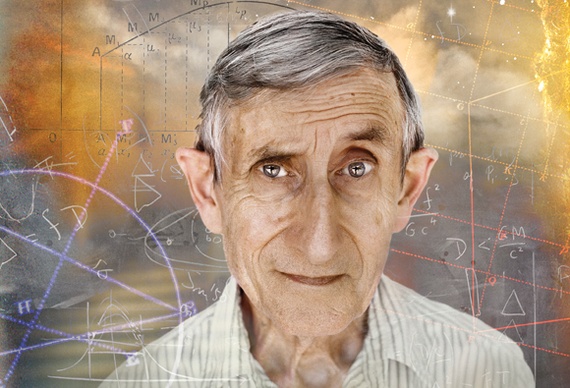Freeman Dyson is an esteemed mathematician and theoretical physicist at Princeton’s Institute for Advanced Study. He has made significant contributions to quantum electrodynamics, solid-state physics, astronomy, and nuclear engineering.
During World War II, Dyson worked at England’s Bomber Command, tracking the position of bomber forces. He later worked with Manhattan Project veterans Hans Bethe, Richard Feynman, and Robert R. Wilson at Cornell University.





